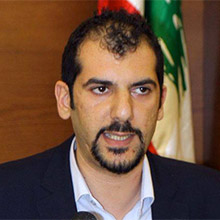Turkey’s ‘Golden Era’ in Central Asia and the Future of the Organization of Turkic States
 By Yeghia TASHJIAN, Beirut-based regional analyst and researcher, columnist, "The Armenian Weekly”
By Yeghia TASHJIAN, Beirut-based regional analyst and researcher, columnist, "The Armenian Weekly”
With the world’s focus on Russia and its war in Ukraine, China has been advancing its influence through the Belt and Road Initiative, amid Iran’s political and military withdrawal from the Levant. Turkey, through the Organization of Turkic States (OTS), has been expanding its footprint in Central Asia. Ankara aims to increase its political and economic influence over the region by promoting regional stability and building stronger ties. Its objectives can be categorized as follows:
- Pan-Turkism: Turkey sees itself as the head of the Turkic-speaking peoples in the South Caucasus and Central Asia. Using various tools and strategies, Turkey aims to enhance its cultural, historical and linguistic ties. For instance, in September 2024, the Turkic Academy agreed on a common 34-letter alphabet that would help the 170 million Turkic people worldwide understand and cooperate with each other more effectively.
- The OTS is also another way for Turkey to position itself in a vital role amid regional political dynamics. Central Asia looks to balance relationships with Russia and China, while the U.S. is working to undermine their influence, making Turkey an appealing partner for Central Asian states that seek to diversify their foreign relations and avoid dependence on a single external power. These states engage in multilateral forums such as the OTS and strengthen bilateral ties, such as when Turkey and Kazakhstan signed a deal to become strategic partners.
READ MORE
| External Relations | The Caucasus and the Black Sea